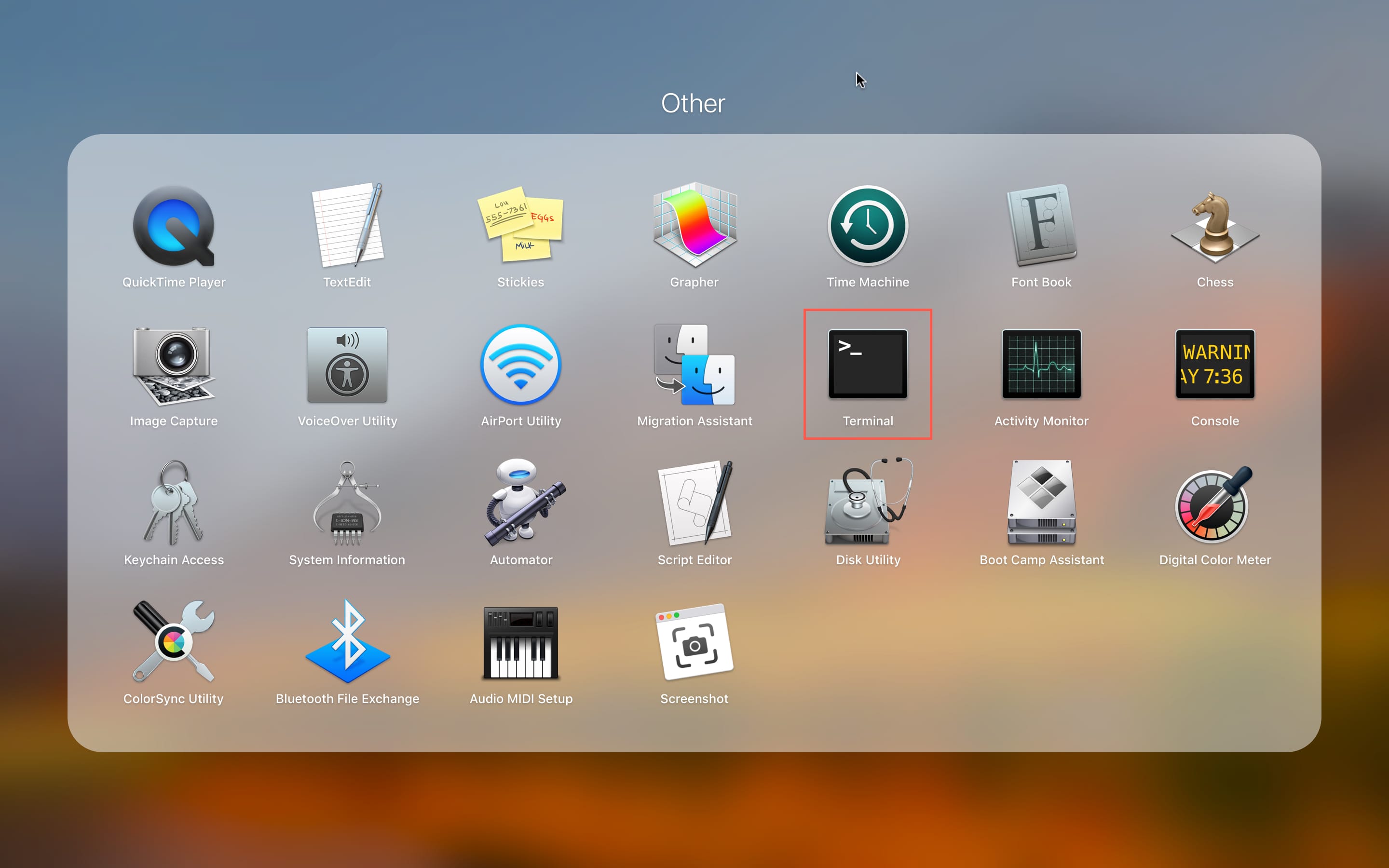
The -sS flag and other scanning mode switches must be run with sudo. As such, the remote server likely won’t log the scan. This has the effect of forcing “half-open” scanning and sends a TCP SYN packet to check whether the port is open but does not respond with an ACK packet when receiving an affirmative response. If you want to run nmap a little more stealthily, use the -sS flag: This scans the defined IP address for the operating system (-O). If you can’t or don’t want to use the sudo command, take a look at our guide to running nmap without sudo or root. Using the -A flag will force nmap to scan more aggressively, returning significantly more information but transparently revealing your presence in the server logs. To find the IP addresses of your router and various devices on your network, you can run arp or ipconfig.

To scan for open ports on a range of IP addresses, use a slash. This specific command scans nmap’s educational testing server at. The simplest way to run nmap is with an IP address or range of IP addresses specified as the target replace with the appropriate IP address to scan on your local network. The name stands for “network mapper,” but it’s more of a port mapper.

Nmap is built to scan a provided hostname or network address and return a list of open ports.

To download and install nmap and any necessary dependencies. If you have the Homebrew package manager installed, run


 0 kommentar(er)
0 kommentar(er)
